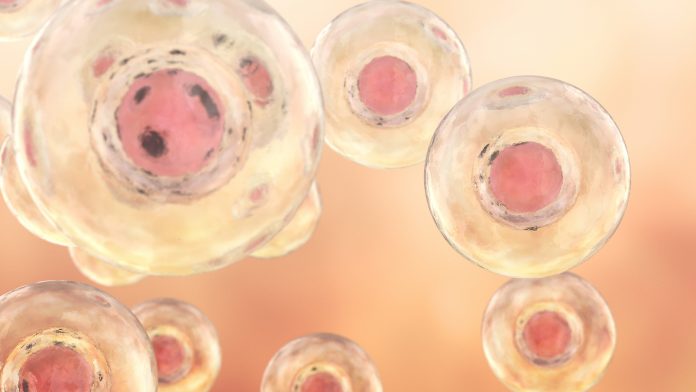
Researchers from MedUni Vienna have identified the cause of organ damage, which is common after a stem cell transplant.
Organ damage is common in as many as 70% of stem cell transplant patients. The exact reason for this complication, which can be life-threatening, has been the subject of scientific research for many years.
Recently, Georg Stary has led researchers from the Department of Dermatology at MedUni Vienna and Vienna General Hospital in collaboration with the Ludwig Boltzmann Institute for Rare and Undiagnosed Diseases in a new investigation.
The researchers were able to identify a bacterial proliferation on the skin that may be a factor in the occurrence of organ damage after a stem cell transplant. The new findings could contribute to the research and development of new therapeutic approaches.
The findings have been published in the medical journal Leukemia.
Stem cell transplant patients are likely to get GVHD
The researchers examined the skin of 50 patients who had undergone a stem cell transplant for leukaemia at the Department of Bone Marrow Transplantation at the Department of Internal Medicine at MedUni Vienna and Vienna General Hospital.
In the months and weeks immediately following the stem cell transplant, some of the patients experienced a donor-versus-recipient reaction, also known as graft-versus-host disease (GVHD). The researchers analysed the microorganisms on the skin of the affected patients. The research team were surprised to find a drastic decrease in bacterial abundance.
“The reduction in proliferation was particularly pronounced in severe cases of GVHD – even before symptoms appeared,” explained Stary.
The researchers also observed an increase in staphylococci in the patients who contracted GVHD, a bacterium that can cause serious infections.
Before a stem cell transplant, doctors will complete precise examinations of the stem cell donors which are compared to the recipient’s tissue characteristics. Preventative medication is also administered by healthcare professionals. Despite this, approximately 30% of patients who receive cells from siblings will suffer GVHD and approximately 70% of recipients from unrelated donors will contract the disease.
How does GVHD damage the body?
When GVHD occurs, the body’s cells are attacked by foreign immune cells that are newly developed after the stem cell transplant. This can cause damage to various organs.
GVHD almost always affects the skin. GVHD usually manifests itself through a skin rash. Depending on the severity this may be slight redness or severely inflamed cutaneous changes and a detachment of the uppermost skin layer.
Medical researchers had already identified that the composition of the gut microbe influenced the clinical course after stem cell transplantation. By identifying the skin microbiome in GVHD, scientists have another tool at their disposal to research and improve treatments for the condition.
“Follow-up studies will now show whether the change in the skin microbiome may contribute to the development of GVHD and whether new therapeutic approaches can be identified from the knowledge gained,” said study leader Georg Stary, who also works at the CeMM Research Centre for Molecular Medicine at the Austrian Academy of Sciences.
























